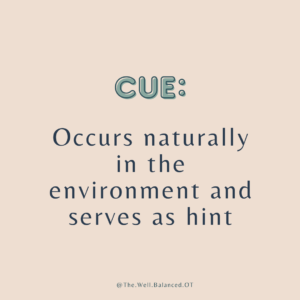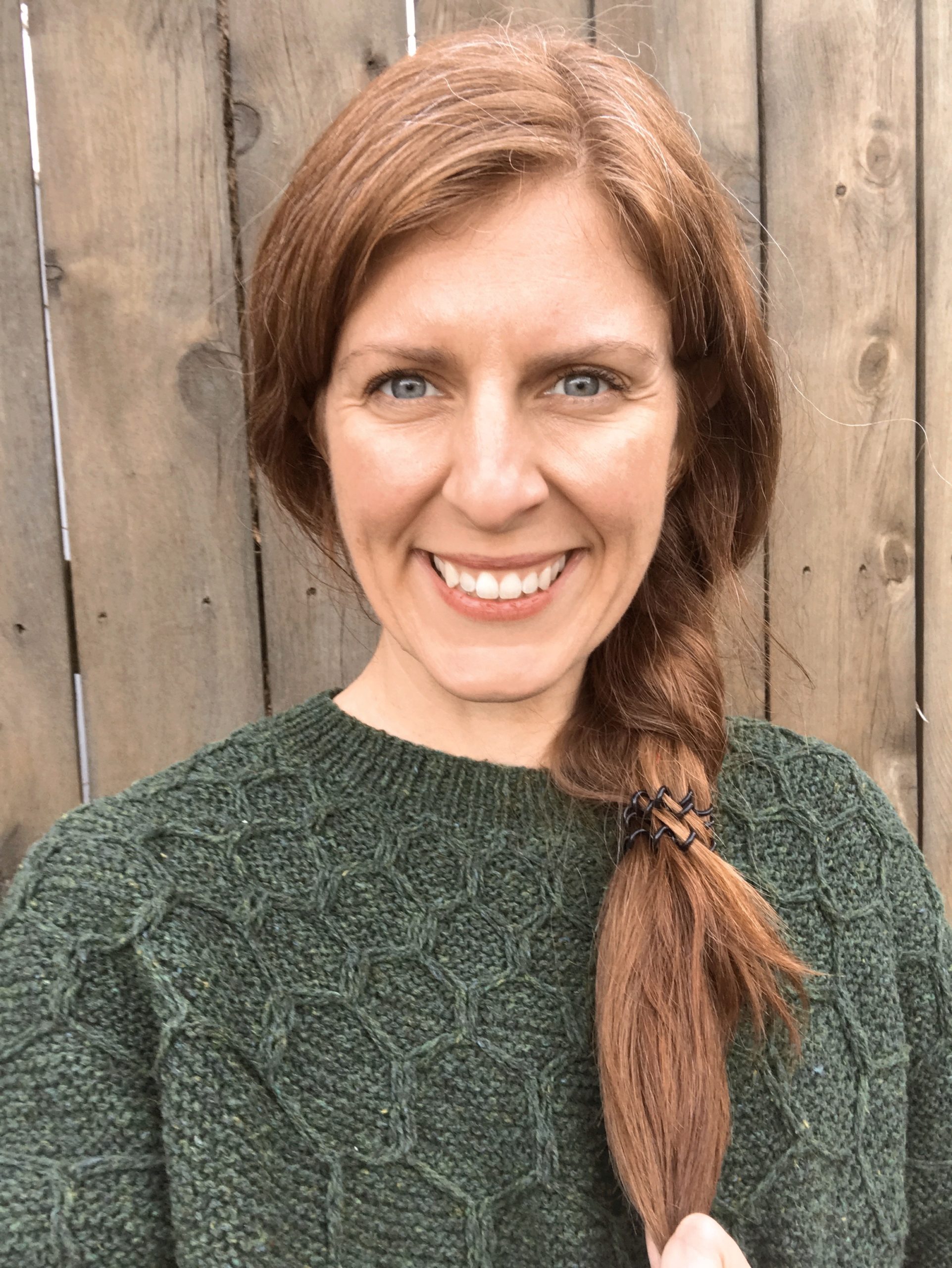Many of us are reeling from words spoken last week about what Autism is and isn’t.
Getting mad doesn’t lead to change.
✔️Educating
✔️Modeling
✔️Changing as we learn more
That leads to change.
So let’s dive into confronting past biases and growing together.
Autism is not a disease.
It’s safe to say that many of us agree on this statement. Autism simply is not a disease. The flu is a disease. The Measles is a disease. They are both treated with medication. Autism does not cause progressive degeneration of neurons like ALS, which is a disease.
Autism is a neurological difference. A Neurotype. There are many neurotypes because we all have unique brains. We all learn differently. We all think differently. We all process at different speeds.
🧠ADHD is a neurotype.
🧠Dyslexia is a neurotype.
🧠OCD is a neurotype.
🧠Bipolar Disorder is a neurotype.
Is it also a disorder? What about a disability?
By definition, according the the DSM, autism is a disorder, but that’s just referring to the medical diagnosis.
When we think about accessibility, autism is legally considered a disability according to the Individuals with Disabilities Act (IDEA). I say can, because not all people with Autism will qualify for an IEP or a 504 plan just because they have a diagnosis. In addition, autism is covered under the Americans with Disabilities Act (ADA).
I asked others how they felt about autism being seen as a disability:

There are a few things I find problematic about this statement.
We are no longer using the terms low and high functioning. They are outdated, ableist, and don’t tell us much about exactly what the child needs. The ADOS suggests classification as high or low support needs instead.
Even someone with low support needs may struggle in certain environments and need specific accommodations. Just because we can’t see the impairments doesn’t mean they don’t exist.


In an ideal world, our environments would support every type of learner. The people around us would be open-minded, patient, and respectful of individual needs. Modifications wouldn’t need to be made because supports would already be embedded into our daily lives.
Unfortunately, we don’t live in this society yet. And currently, we are moving in the opposite direction.

What is the Social Model of Disability?
According to the Social Model of Disability, disability is a social construct. Meaning that disability only exists because the environment the person lives in is not able to meet their physical, social, emotional, and communication needs to facilitate 100% participation. The environment creates the barriers, not the disability.
This model does not deny that the person has struggles or impairments and that life can be hard. It honors those challenges and attempts to fight for changes to support the individual’s needs.
In contrast, the medical model of disability views the disabled individual as someone who needs to be fixed. Who needs to be changed to fit the needs of the general population, the “typical” ones.
I am in full support of the social model of disability. But I even have to remind myself that this model is not denying the person’s impairments, but highlights that those impairments create a disability in the non-inclusive environment.
“The Social Model of Disability states that people have impairments, they do not have disabilities. According to the social model of disability, the term ‘people with disabilities’ is said to confuse impairment and disability and implies disability is something caused by the individual, rather than society. A Disability is caused by society’s unwillingness to meet the needs of people with impairments. As a result, the term ‘Disabled people’ is used to describe people with impairments who are disabled by barriers constructed by society.” Link to full article
What If I Prefer Saying Autism is Just a Difference?
The jury is still out on this one, and it may be a personal preference, just like using person-first or identity-first language (I am a person with autism vs. I am autistic).
This is a big conversation happening right now, and not just in the Autistic community…in part because for so long, people were scared to use the word disability. They replaced it with handicapped or handicapable, special needs, and special.
All of those words are condescending and ableist.
While saying that autism is a neurological difference, we are acknowledging that all brains are different, but does it undermine the struggles that some people with autism will face?


What can we do to support change?
We need to use our voices to continue to educate others on more inclusive practices. We need to promote neurodiversity affirming practices and model strength-based phrases.
Remember, strength-based language doesn’t diminish the person’s needs, it just highlights their strengths in an inclusive, non-judgmental way.
We need to help others realize that embedding universal supports into our world will help everyone.
I loved this idea from one of my grad school classmates:

I encourage you to do a few things:
- Respond to this post and share them with me!
- Use Strength-Based Language to support our families. Download here.
- Strike up conversations with friends and family on the topic
- Use your platform, whether it’s on social media or in your role as a teacher or therapist, to educate and model inclusive, respectful, and neurodiversity affirming ways.









